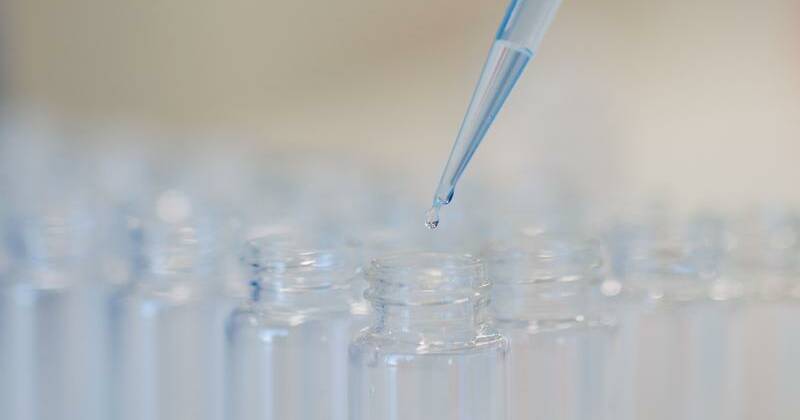
Research conducted by scientists at the Oregon Health & Science University reveals that human skin cells may be transformed into functional human eggs. This breakthrough could offer women with dysfunctional natural eggs the chance to have genetic children. The findings were published in the scientific journal Nature Communications on March 5, 2024.
The innovative process entails removing the nucleus from a woman’s skin cell and inserting it into an egg, or oocyte, from which the nucleus has also been removed. Although the method shows promise, it raises significant safety concerns that must be addressed before clinical application.
According to Ying Cheong, a reproductive medicine specialist at the University of Southampton, there is an increasing number of individuals unable to utilize their own eggs due to age or medical conditions. Cheong noted, “While this is still very early laboratory work, in the future it could transform how we understand infertility and miscarriage, and perhaps one day open the door to creating egg- or sperm-like cells for those who have no other options.”
The research team tackled a significant hurdle faced in previous attempts. Eggs possess only 23 chromosomes, half the usual number, as they require sperm to contribute the other half for successful fertilization. In contrast, skin cells and other non-reproductive cells contain two sets of chromosomes, totaling 46. To address this, the researchers developed a process termed mitomeiosis. This method mimics natural cell division, discarding one set of chromosomes and resulting in a functional egg.
Study leader Shoukhrat Mitalipov commented, “We achieved something that was thought to be impossible. Nature gave us two methods of cell division, and we just developed a third.”
In their experiments, the researchers successfully fertilized 82 modified eggs in vitro using sperm. However, only approximately nine percent of these fertilized eggs progressed to the blastocyst stage, a crucial point in embryo development when embryos are typically transferred to the uterus during in vitro fertilization.
Despite the low success rate, which saw most eggs failing to progress beyond the four- to eight-cell stage and exhibiting chromosomal abnormalities, the research signifies a critical advancement. Roger Sturmey, a reproductive medicine specialist at the University of Hull, emphasized the importance of the study, noting that it demonstrates how non-reproductive cell chromosomes can undergo a specific type of nuclear division usually seen only in eggs or sperm.
Sturmey cautioned that due to the low success rates observed, the potential for clinical application remains a distant prospect. The researchers themselves predict that at least a decade of further study is necessary before the method could be considered safe or effective enough to advance to clinical trials, pending regulatory approval in the United States.
As this groundbreaking research unfolds, it reflects the ongoing efforts to address infertility challenges and offers a glimmer of hope for those facing reproductive difficulties.






